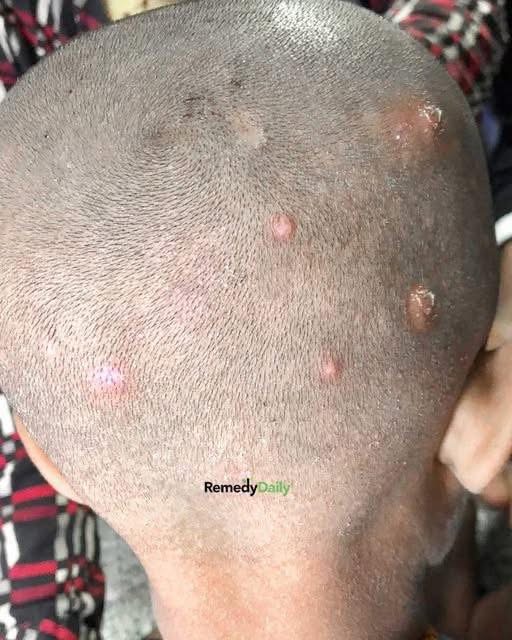Discovering unusual bumps on your child’s scalp can be a cause for concern, especially when the next available doctor’s appointment is weeks away. As a parent, it’s natural to worry about your child’s health and comfort, and you may feel anxious about what these bumps could mean. While waiting for a professional medical evaluation, there are steps you can take to better understand the situation and alleviate your child’s discomfort.
In this article, we will explore potential causes of scalp bumps, ranging from common conditions like folliculitis to more serious issues that require immediate attention. We’ll also discuss home remedies, over-the-counter treatments, and hygiene practices that can help manage the situation. By understanding these aspects, you can make informed decisions and provide the best care for your child until you can see a healthcare provider.
Advertisement
1. Understanding Scalp Bumps: Common Causes
Scalp bumps can arise from various causes, and identifying the underlying issue is crucial for effective treatment. Common causes include folliculitis, sebaceous cysts, and boils.
Folliculitis is an inflammation of the hair follicles, often caused by bacterial or fungal infections, and can result in small, red, and itchy bumps. Sebaceous cysts are non-cancerous lumps filled with sebum, typically appearing as smooth, round bumps under the skin.
Boils, or furuncles, are painful, pus-filled lumps caused by bacterial infections, usually Staphylococcus aureus. They can grow larger than 2 centimeters and may require medical intervention. Other causes of scalp bumps include allergic reactions, insect bites, and dermatological conditions like psoriasis or eczema. Understanding these possibilities can help you narrow down the cause and determine the best course of action.
2. Identifying Scalp Folliculitis
Scalp folliculitis is characterized by small, red, and itchy bumps around hair follicles. It can be caused by bacterial, fungal, or viral infections, as well as irritation from hair products or tight hairstyles.

Found these bumps on my son’s scalp. Doctor appt is so far away. What’s should I do? They look really painfu
by
Tags:
Leave a Reply